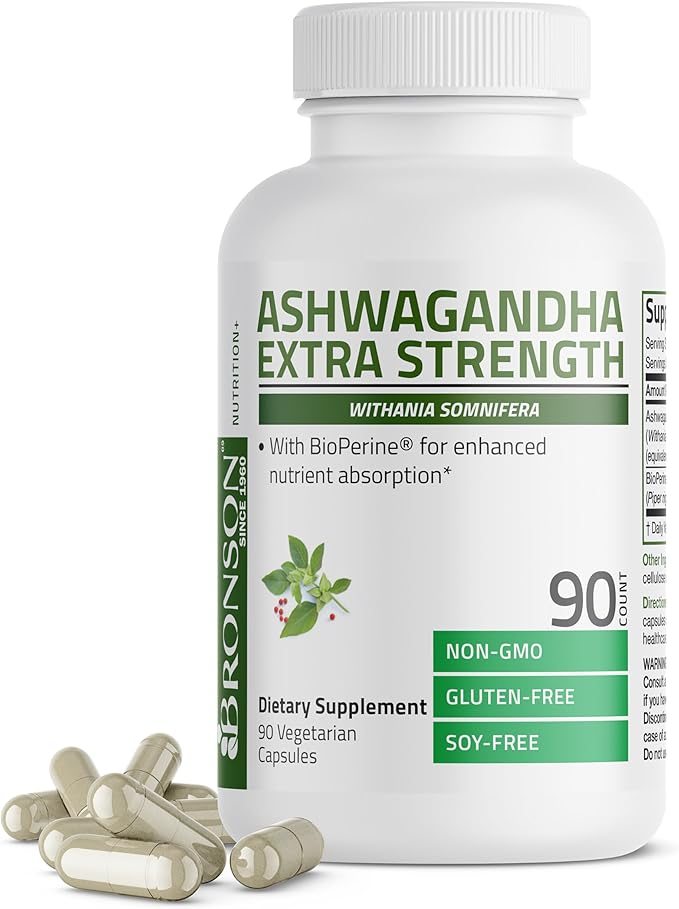Can you take Adenosylcobalamin and Chlorophyll together?
Interaction Details
Taking Adenosylcobalamin and Chlorophyll together has a potential for moderate to good synergy, suggesting a rating of 4 out of 5.
Adenosylcobalamin is a form of Vitamin B12, crucial for energy production within cells, particularly in the mitochondria. Chlorophyll, with its structural similarity to hemoglobin, has potential antioxidant properties and may support the body's natural detoxification processes. The synergy between Adenosylcobalamin and Chlorophyll could stem from their combined effects on enhancing energy production and potentially mitigating oxidative stress. Adenosylcobalamin supports the metabolism of fatty acids and amino acids, while Chlorophyll may aid in reducing oxidative stress, thereby potentially creating a beneficial environment for more efficient energy production. Their combined use might enhance the overall energy levels and potentially support the body's natural detoxification processes.
Potential Benefits
Potential Risks
Adenosylcobalamin
Adenosylcobalamin is a form of vitamin B12, crucial for energy production, nerve function, and the formation of red blood cells. It is one of the active forms of vitamin B12, playing a significant role in the metabolism of fatty acids and amino acids.
Chlorophyll
Chlorophyll is the green pigment found in plants, responsible for photosynthesis and absorbing sunlight. It has antioxidant and anti-inflammatory properties, and is used as a dietary supplement to support overall health. Some of the benefits of Chlorophyll include:
